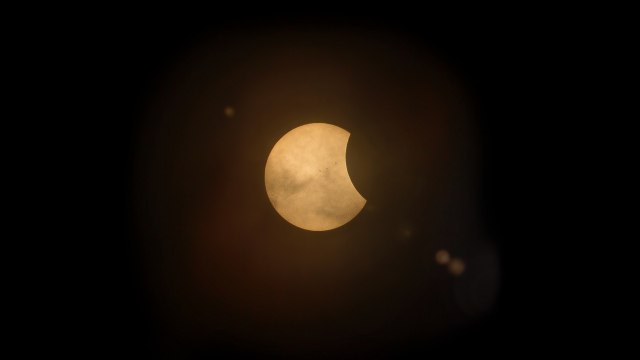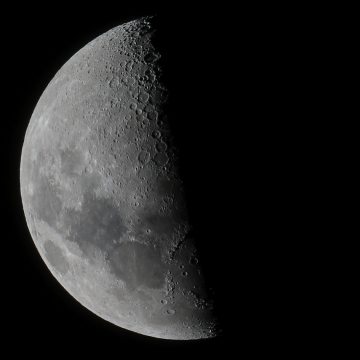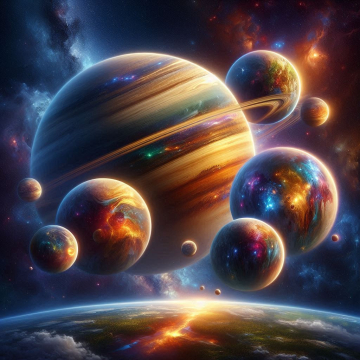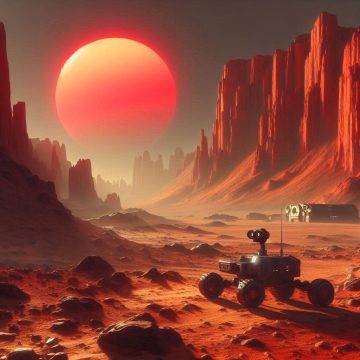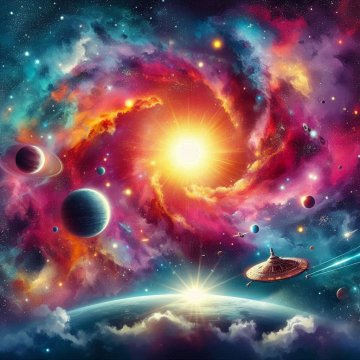A lunar eclipse is an astronomical phenomenon that occurs when the Earth passes directly between the Sun and the Moon, causing the Earth's shadow caused by sunlight to be projected on the Moon.
For this to happen, the 3 celestial bodies need to be in a position of "Sicigia" or close to it. This means that they are formed in a straight line .
The duration and type of a lunar eclipse will depend on the position of the Moon with respect to its orbital nodes, which are the points where the Moon's orbit crosses the plane of the Sun's orbit.
To know the types of lunar eclipse, it must be understood that the shadow that the Earth produces as a result of the illumination of the Sun.
As our star is larger, it causes 2 types of shadow, a darker cone-shaped one called the Umbra and it is the area where the light is totally blocked while the Penumbra is the part in which only a portion of the light is blocked.
Why does a lunar eclipse occur?
Every year there are between two and seven lunar eclipses. Depending on the position of the Moon with respect to the shadow of the Earth, three types of lunar eclipses occur and although they are more common than solar eclipses, they do not happen every time there is a full Moon, because the following are needed:
The Moon must be in full moon, that is, in full Moon. That is, totally behind the Earth with respect to the Sun.
The Earth must be physically placed between the Moon and the Sun so that all bodies are located at the same time in the same plane of orbit, or very close to it. This is the main reason why they do not occur every month , since the Moon's orbit is tilted about 5 °.
The Moon must pass completely or partially within the Earth's shadow .
What are the types of lunar eclipse?
Total lunar eclipse : it happens when the Moon in its entirety (complete) passes through the earth's threshold shadow. In other words, the Moon fully enters the cone of the umbra.
In the development and span of this type of lunar eclipse, the Moon goes through the following sequence of eclipses: penumbral, partial, total, partial and penumbral .
Partial lunar eclipse : In this case, only a part of the Moon enters the Earth's threshold shadow and therefore the other part is located in the penumbral zone .
Penumbral lunar eclipse : The Moon only passes through the penumbral area. It is the most difficult type to see since the shadow on the Moon is quite subtle , precisely because the penumbra is a diffuse shadow.
Additionally, the total penumbral eclipse is considered if the Moon is completely within the penumbral zone , and a partial penumbral eclipse if only one part of the Moon is within the penumbra and the other without any shadow.
